Many people believe that roof tarp has a singular purpose; but while they are up over your rooves, they are not only covering any exposed holes/ cracks, they are also preventing water or rain from getting in as well as helping to prevent UV exposure to anyone working or moving underneath them.
Roof Tarps
Many people believe that roof tarps have a singular purpose; but while they are up over your rooves, they are not only covering any exposed holes/ cracks, they are also preventing water or rain from getting in as well as helping to prevent UV exposure to anyone working or moving underneath them. A good quality roof tarp can help maintain the safety of the building as well as protect anything of value or exposed beams from adverse weather.
Roof tarps are commonly seen used on construction sites to help protect open rooves while work goes on beneath; there are plenty of designs and forms of tie-downs available. A recurring choice is that of an eyelet spaced evenly surrounding the tarps edges for workers to run rope or ties through in order to successfully tie down the tarp on the roof. Some people invest in tags and or loops for them to then run the rope through as another design option.
Various sizes are available as often people are after either multiple small ones to cover small openings or one large one to span the whole roof. Coming in various sizes also means various weights as well. Depending on the degree of protection people are after, the weight is determined by the level of grams per square meter required to be heavy-duty enough for the job. If the roof tarp is being drawn out over old, exposed wood roof beams that have rusty nails jutting out at all odd angles, a light-duty tarp will easily snare, and tear open as the tarp is tugged on. In this case, people will be wanting something much heavier duty but will also need to be prepared for the extensive weight they would need to be lugging around when moving the tarp to and fro on the roof.
The hardest part for construction workers is having to time work with the constant changes in weather; should a storm hit, and the roof is completely open, they need to move quickly to ensure the heavy rain does not get in and destroy anything that is exposed to moisture. Either when using multiple small tarps or one large one, tying it down correctly is vital to ensure that it not only prevents a majority of rain from getting underneath it but also to ensure no strong headwinds catches the edges and lifts it up and takes off with it, defeating the purpose of the roof getting any cover at all.
Often referred to as a flat tarp, our aim is to ensure these tarps are not a one time use. We offer extra heavy duty tarp material with options for reinforcing extras such as eyelets as well as reinforced edging to prevent any worries of fraying with age. Our PVC is UV protected and industrial graded up to 900gsm for all uses. All our extra heavy duty range are purely custom and made to order. You want it, we’ll make it happen.
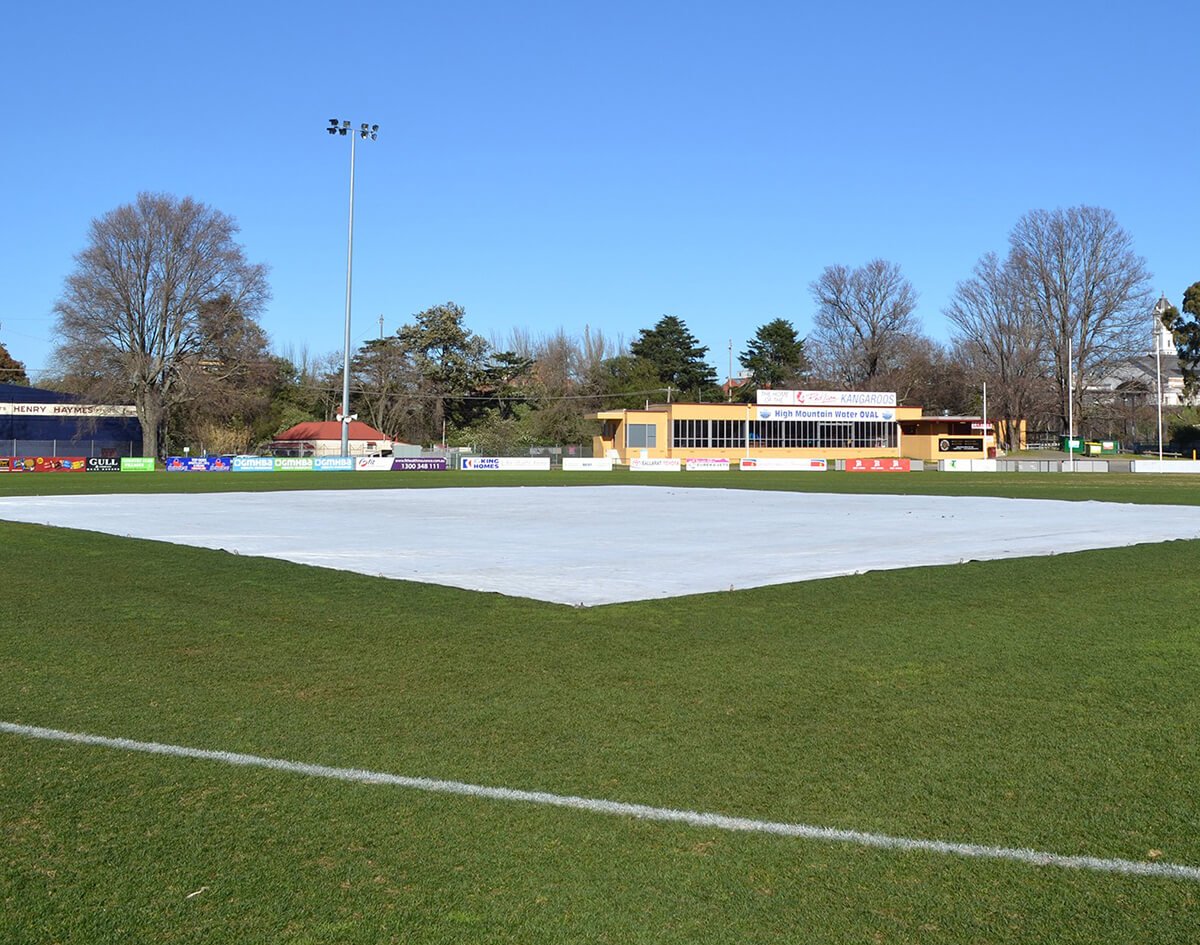
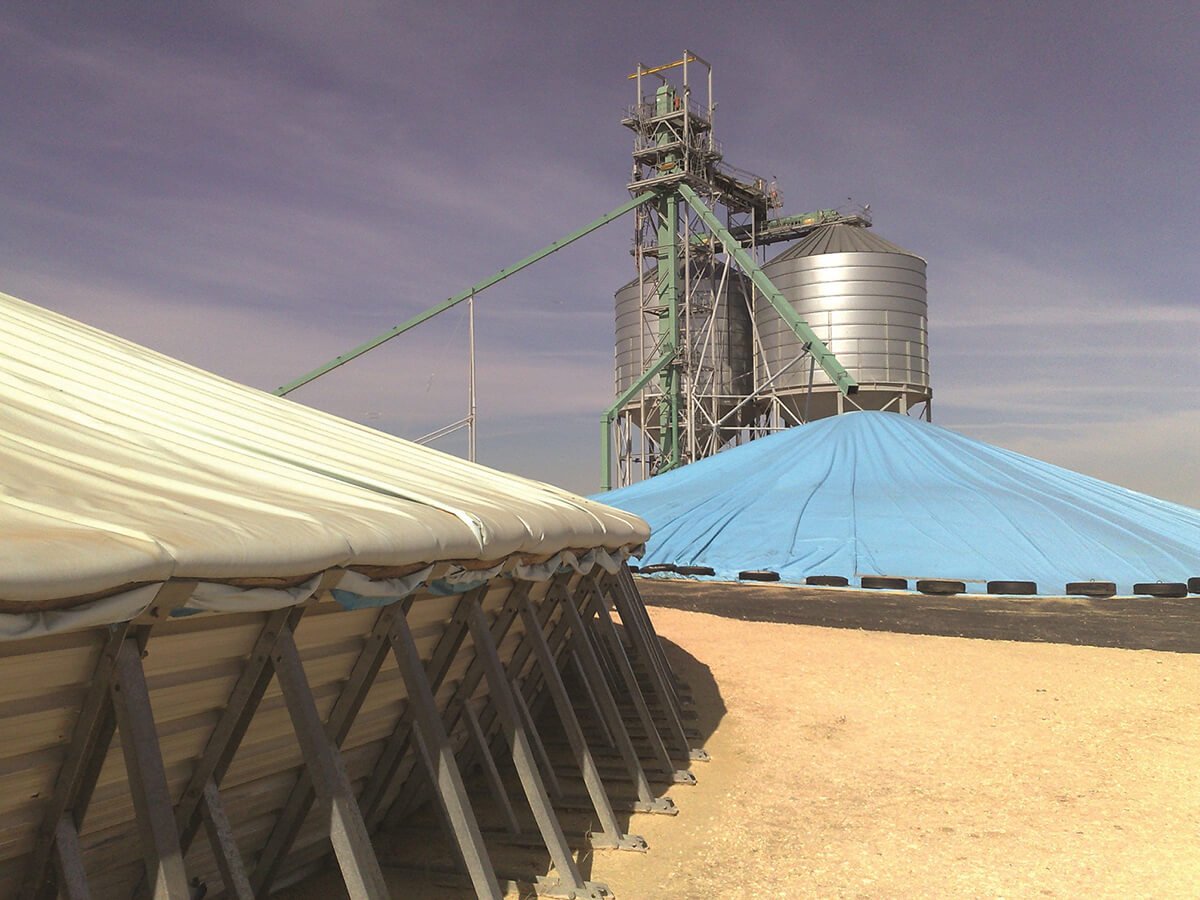
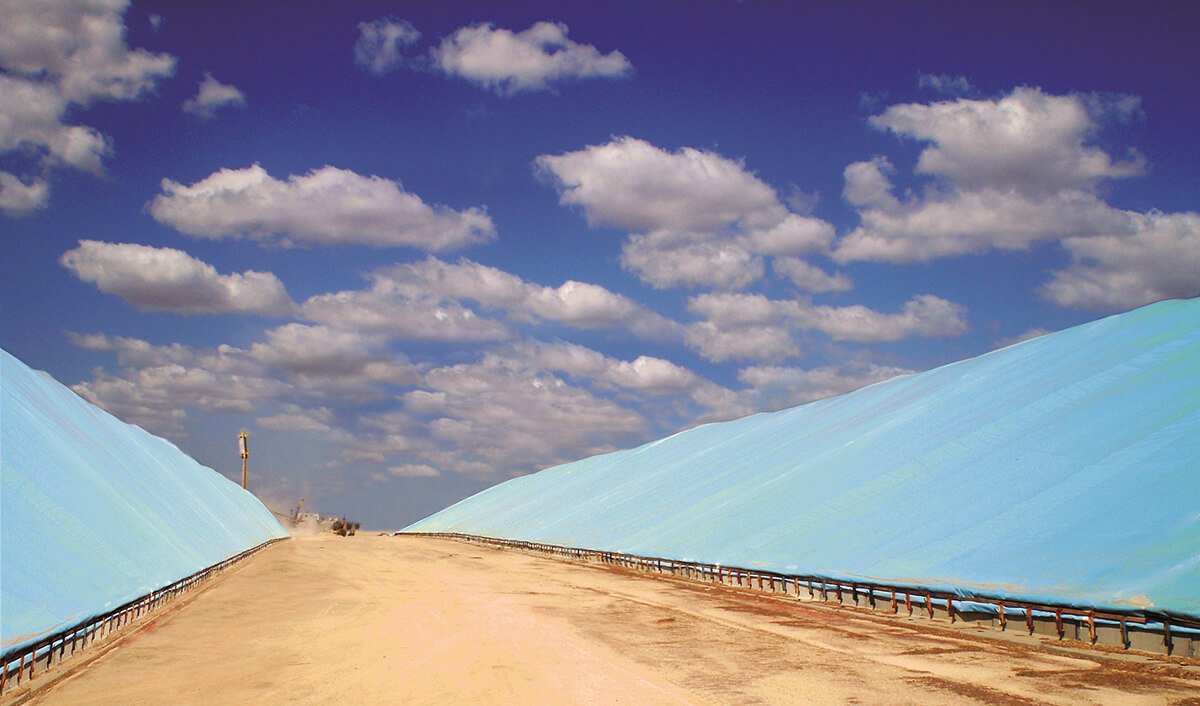
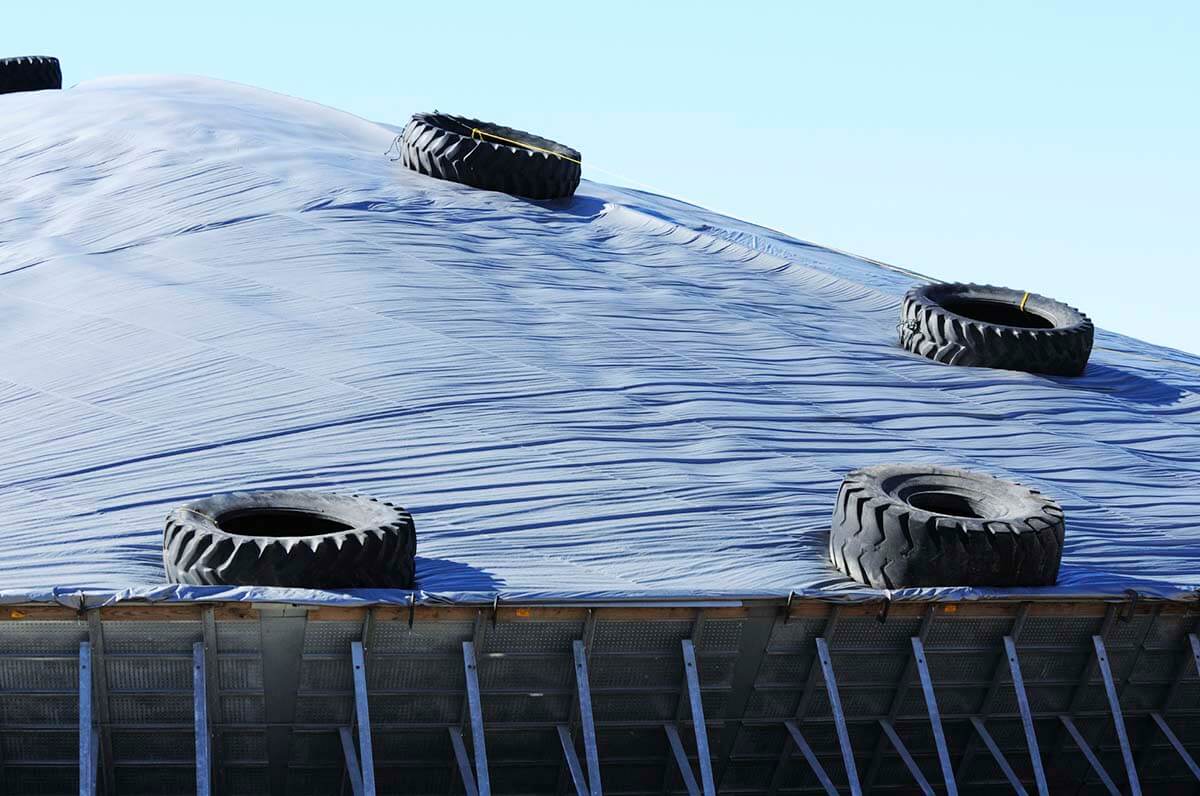
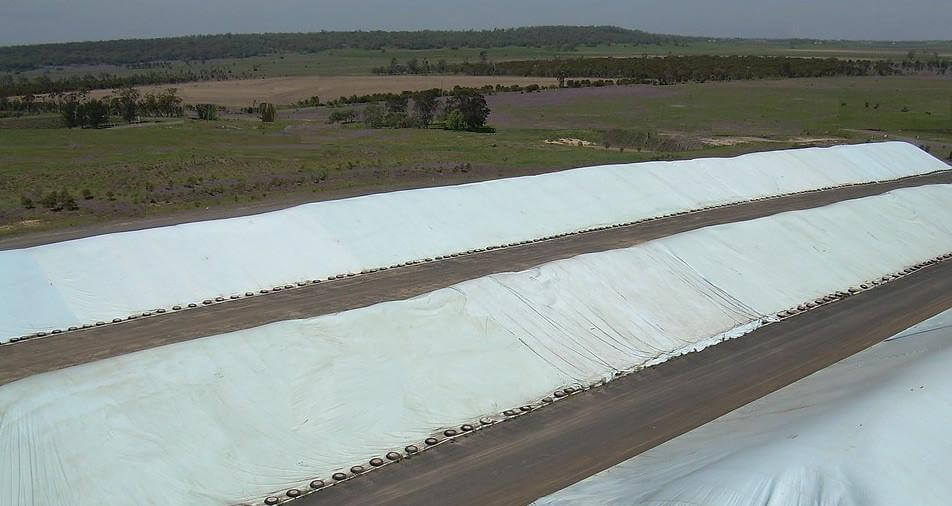
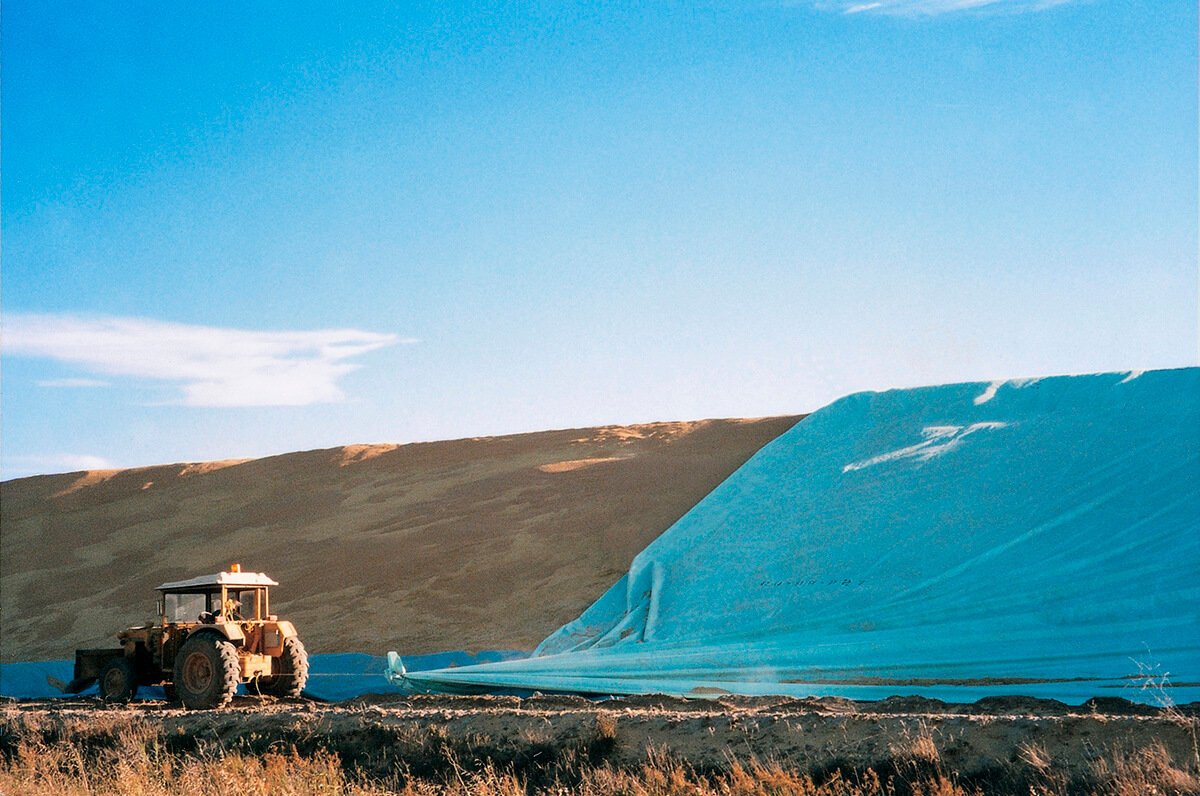
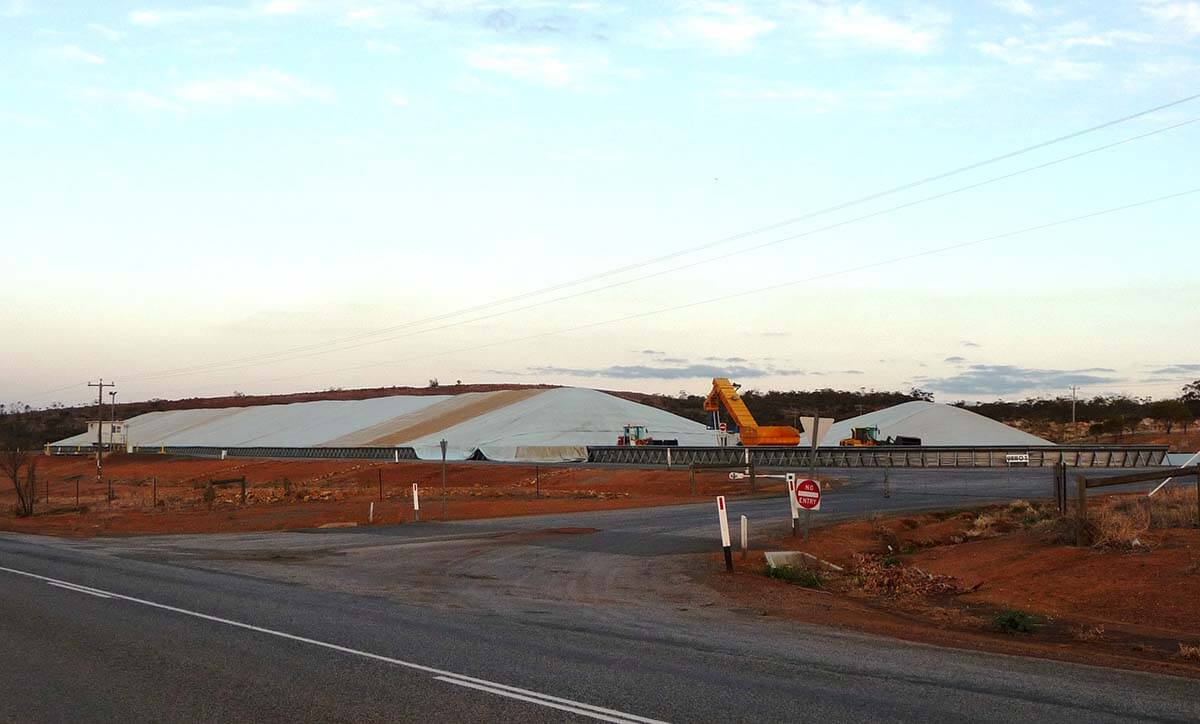
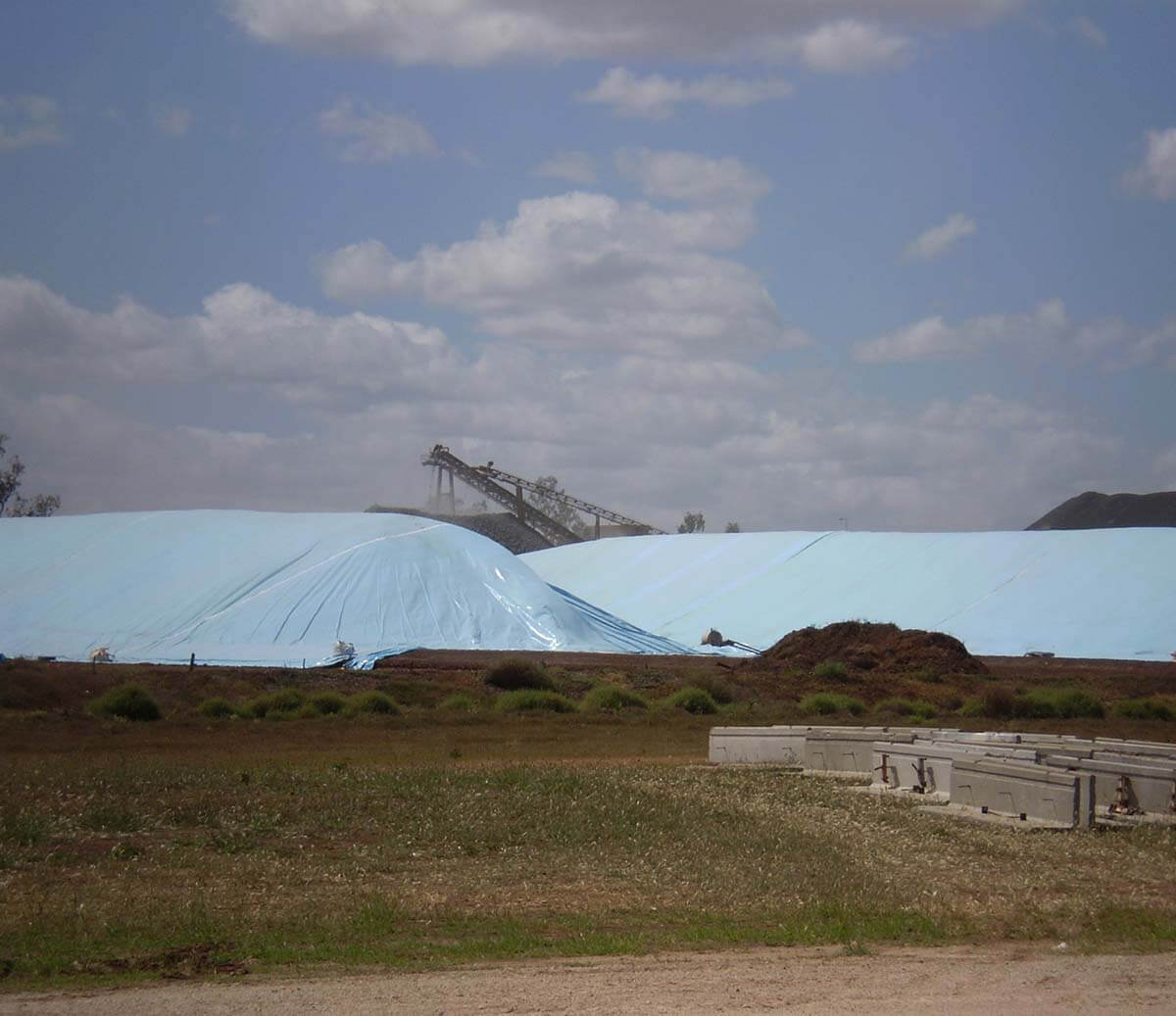
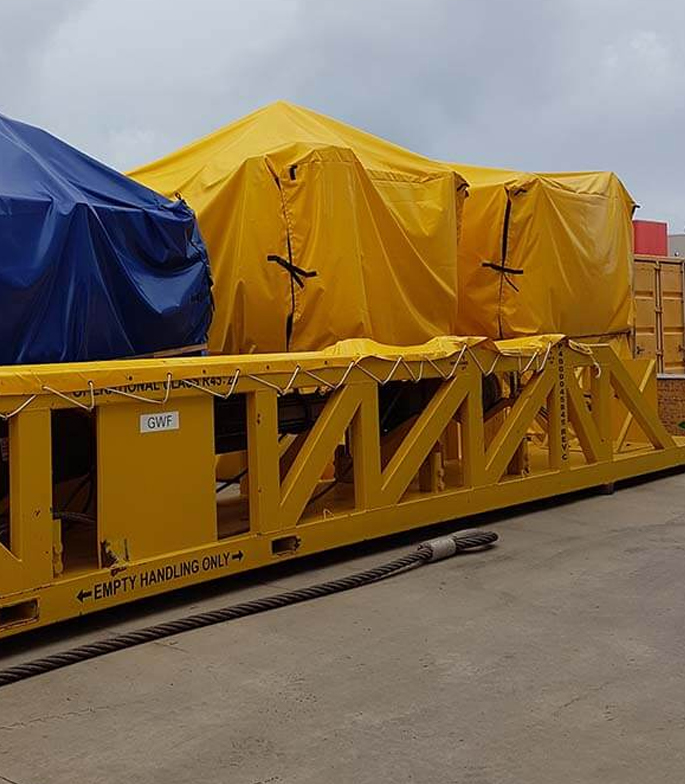



William Snellex (Base Fabrication)